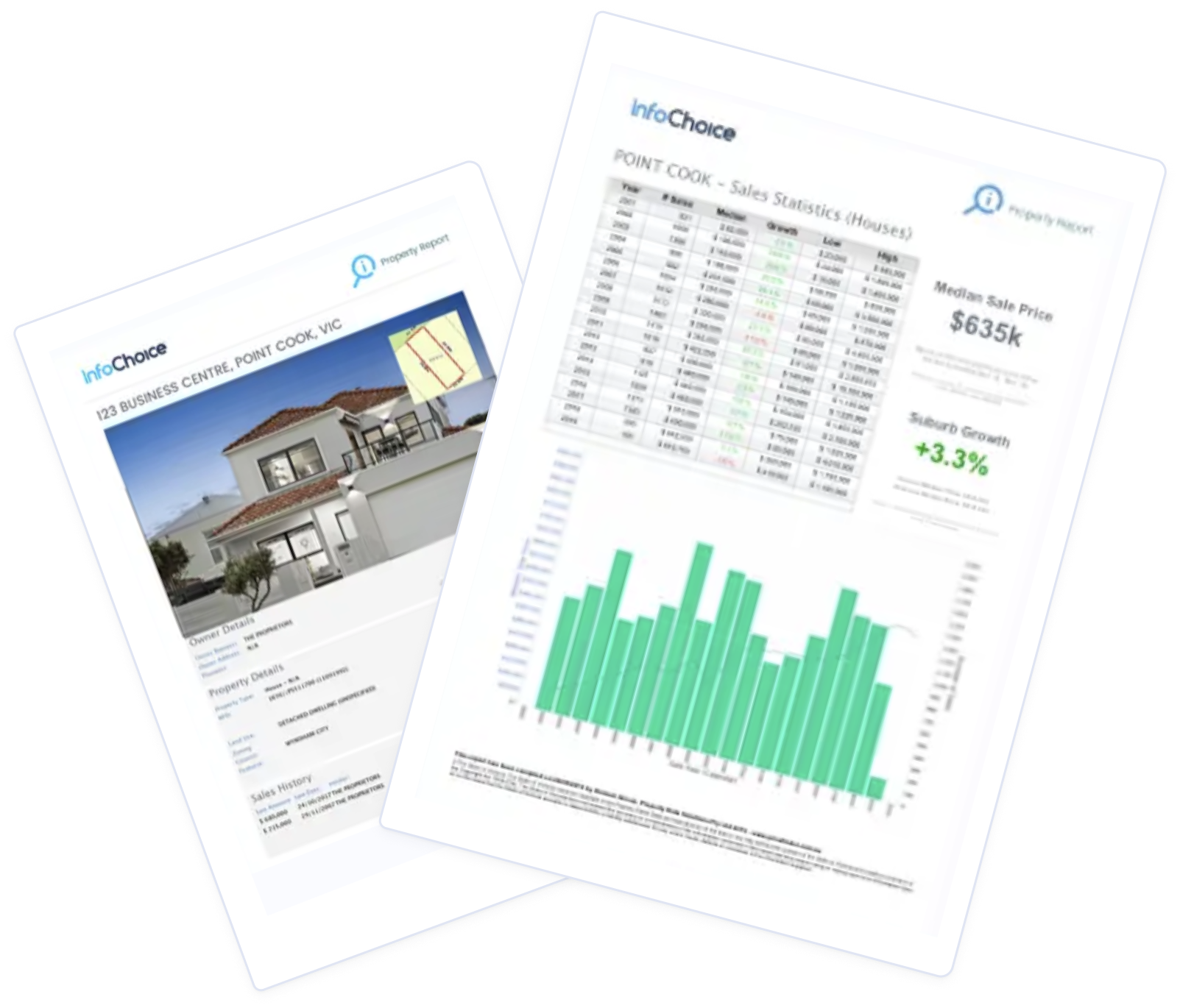
Negative gearing is an investment strategy that balances short-term losses with long-term gains. Though it can apply to any type of wealth-building asset, it’s commonly used in property investments. Negative gearing essentially refers to when the expenses on the property outweigh the income, with the losses then offset against taxable income.
Essentially, you’re incurring losses before you can realise gains which can seem risky in the long term. Despite losing liquidity and cashflow at the outset, it can offer opportunities for profit-making through tax benefits, and value appreciation when you sell the home.
So before you dive in and employ negative gearing as an investment strategy, you must have a solid grasp of its nuances – not just benefits but also financial considerations and risks.
Lender Home Loan Interest Rate Comparison Rate* Monthly Repayment Repayment type Rate Type Offset Redraw Ongoing Fees Upfront Fees Max LVR Lump Sum Repayment Extra Repayments Split Loan Option Tags Features Link Compare Promoted Product Disclosure
Promoted
Disclosure
Promoted
Disclosure
What is negative gearing?
Negative gearing is one of the three types of gearing - the other two being neutral and positive.
In the context of property investing, gearing refers to borrowing money to buy an income-generating asset. As such, if you take out a loan to purchase a property that you put up for rent, your investment is considered ‘geared’.
Negative gearing occurs when the asset bought doesn’t produce sufficient income to cover its expenses including loan repayments, interests, maintenance, and fees in the short term. Basically, a negatively geared property costs more money than it earns.
Conversely, positive gearing is where the income (in this case, rent) outweighs the expenses. This puts money into your pocket and allows you to meet your loan repayments. Take note however that if the property is positively geared, your net rental income will be subject to income tax at your marginal rate.
On the other hand, a neutrally geared property generates an income that’s roughly equivalent to all its outgoings. In this scenario, though you are not incurring losses and can cover all your expenses, you barely have any net earnings left.
How is losing money made attractive with negative gearing?
Although negative gearing entails running an investment property at a loss, the plus lies in the tax deductibility factor, which could potentially lower your income tax payable or bump your marginal tax rate down into a lower bracket.
One of the key benefits of negative gearing is it allows investors to offset net losses from their rental property against their other income such as salary, which in turn reduces their tax liability. Through this strategy, you may be able to claim the interest component of your loan repayments (the principal is non-deductible) and other property-related expenses as tax deductions.
Another thing that encourages Australian investors to negatively gear is the long-term profit potential through capital appreciation.
“While making a loss on an investment property or shares might initially seem counterintuitive, some people are willing to do this in the expectation that the capital gain when they sell the asset will more than offset that loss,” the Treasury says.
Negative gearing becomes a worthwhile and profitable venture when any gains from the property’s increased value – provided that prices are up at the time of the sale – more than make up for any cash losses during the holding period. Of course, capital gains are not guaranteed and are subject to capital gains tax.
However, in the shorter term you will need to make sure you are able to afford the expenses of the property, as you will not garner enough income from rent to cover them.
How does negative gearing work?
As previously mentioned, negative gearing in Australia allows the shortfall between income earned and expenses and interest due to be deducted from the investor’s taxable income.
To understand how it works, let’s take our imagined property investor, Natalie, for example:
Natalie took out a $600,000 home loan at 6.00% p.a. to purchase a residential property she intends to put up for rent. Upon getting the keys to her property, she immediately signed on a tenant who pays $600 weekly or $31,200 a year.
Meanwhile, her expenses for the first year, which included $35,709.47 in interest (calculated using InfoChoice’s mortgage calculator), $2,880 for repairs and maintenance, $1,440 for insurance, and $1,728 for the property management firm that charges her 6% of the monthly rent in management fee, totalled $41,757.47.
In the first year Natalie operated her rental property, she made a tax-deductible loss of $10,557.47. Say, she earns $120,000 annually, taxed at the current marginal tax rate of 32.5%, applying the net loss from her negatively geared property will bring her a tax savings of $3,431.18.
(If she makes the same net loss and stays in the same tax bracket when the Stage 3 tax cut changes take effect for the 2024-25 financial year, her savings will be $3,167.24 at a 30% marginal tax rate.)
Natalie’s after-tax loss from her negatively geared property thus became only $7,126.29 ($10,557.47–$3,431.18). If the value of her rental home appreciates by $15,000 a year, Natalie will be able to recoup her incurred losses off the back of capital gains once she sells after a few years.
How much capital gains tax will an investor pay?
Assuming Natalie did sell her investment property, any net profit (sale price minus cost of asset) she makes would be levied with a capital gains tax (CGT). The CGT she will pay depends on how long she’s owned the property before the sale and her marginal tax rate.
The length of holding an investment asset matters because if, for instance, Natalie – like any other individual taxpayers – sells her asset after holding it for over 12 months, the tax rate is halved.
This particular concession under the current tax system is another factor that encourages Australian investors to negatively gear.
What rental property expenses are tax deductible?
Investment expenses the investor has paid for a rental property can be deducted according to the Australian Taxation Office (ATO). You can claim an immediate tax write-off for the following expenses in the financial year you incur them:
-
Interest – This refers to the interest charged on the loan you borrow to buy the property (Note: You can’t claim a deduction for interest expenses you incur for any period you use the property for private purposes)
-
Body corporate fees – Amount you pay to the body corporate or strata to manage the property and common areas
-
Insurance – Includes insurance on building, contents, public liability, and loss of rent
-
Pre-paid expenses – Costs incurred for services to be done in a later income year
-
Legal expenses – Costs incurred to prepare, register, protect, and manage your investment property
-
Repairs and maintenance – Expenses for keeping the property in good condition and for fixing damages that occur as a result of renting
-
Cleaning costs – Amount spent for ensuring the rental property is clean before a tenant moves in or after a renter moves out
-
Building and pest inspection – Expenses for expert assessment of property issues such as structural damage and pest infestation
-
Council rates – Taxes paid regularly to the local council where the property is located
-
Property management fees and commissions – Charges for hiring a rental agency to manage your rental property
-
Advertising – Expenses for finding tenants
Meanwhile, the tax-deductible rental expenses you can claim over several years include the following:
-
Borrowing expenses – These include costs incurred to take out a loan to buy the rental property such as loan establishment fees, lender’s mortgage insurance (LMI), mortgage broker fees, title search fees, valuation fees, and stamp duty. If the sum of your borrowing expenses exceeds $100, you can claim a deduction for five years or spread it over the term of the loan, whichever is shorter. A total of $100 and below can be claimed in the same income year.
-
Capital expenditure – ATO allows deductions to be claimed for capital works expenses incurred for the construction, structural improvements, alterations and renovations, and extensions.
-
Capital allowances – You can also claim deductions for the decline in value of depreciating assets used for your rental property, which include appliances like washing machines or dishwashers, furniture, carpets, and other items within the premises but not part of the structure of the building.
According to the ATO, the depreciation of an asset begins when it’s first used or installed and ready to use. “It doesn’t matter whether it is for a private purpose or to earn assessable income,” it says. However, the deductions need to be reduced for any personal use of the asset (e.g. when the rental property was used for private holidays).
What are the risks associated with negative gearing?
Australian property investors have always seen the positives in holding negatively geared assets because of their potential advantage. However, employing such a strategy where you are losing liquid cash in the hope that the illiquid equity will yield hefty capital gains can be risky.
Here are some risks you need to consider when negative gearing:
1. You might not be able to hold onto your asset
If you are negative gearing, you accept that you are behind from the outset and must therefore fund the shortfall between your rental income and expenses. In this scenario, you run the risk of having your property repossessed if you don’t have enough cash flow to finance your loan repayments and other ongoing costs.
The risk increases if you are unable to find tenants for your rental property. You see, if you’re charging $500 in rent per week and your property sits vacant for a month, you’ve immediately lost out on roughly $2,000 that could otherwise help lower your out-of-pocket expenses.
2. Your cashflow will be tied up
Negative gearing relies on your capacity to cover the ongoing losses until the property is eventually sold at a higher price or becomes positively geared. As such, it can be more difficult to build your portfolio because your cash is tied up.
If you are retired or not earning much income, you could feel the pinch from the expenses piling up. Propertyology research from 2023 found with increases to the average rates of expenses like land tax and insurance means the typical landlord's annual loss has risen by over $11,000.
3. You are vulnerable to rate rises
When interest rates increase, the cost of servicing loans rises and therefore ups your expenses. If you are highly leveraged (have a large amount of debt), the further widening of the shortfall if your rental income remains unchanged could put additional pressure on your cash flow.
4. You risk not making sufficient capital gains
You may feel compelled to sell the property sooner than planned if interest rates rise significantly and you are no longer able to cover the financial losses. Distressed listings, which include properties that indicate a must-sell situation, are usually sold at suboptimal prices and therefore lead to potential capital losses.
In addition, capital gains are not guaranteed, and they might not make up for the negative cashflow over the years.
How to minimise the risks of negative gearing
Understanding the implications and risks of negative gearing is crucial in ensuring your negatively geared property unlocks lucrative capital gains. You must weigh the short-term losses against the potential long-term wins and assess the risk involved in holding an asset hemorrhaging money.
Manage your cash flow
Before employing negative gearing as an investment strategy, make sure you are financially prepared to cover the shortfall between rental income and ongoing expenses until the property is sold. Locking in a favourable interest rate or refinancing at a lower rate could help free up some cash, if you have a mortgage.
Select the right property
Negative gearing makes sense in instances where the property is expected to yield large capital gains at the time of sale. Generally, properties strategically located near essential amenities command better prices. It also pays to study the property trends (home values, vacancy rate, etc.) including historical data as well as future developments in the area to assess the viability of your potential investment.
Have an exit strategy
Knowing when to sell and maximise returns is crucial in turning the losses from a negatively geared property into financial wins. Exiting when conditions are favourable is the most ideal strategy. But you can also hold and wait until the property becomes positively geared, sell a portion or refinance to reduce the loan amount, or spread the risk across different asset classes by diversifying your portfolio.
Seek advice from property investment advisors to help you make sound decisions that lead to successful ventures.
Is negative gearing good or bad?
Negative gearing has quite a complicated reputation as an investment strategy. Some argue interest on investment properties shouldn’t be a tax-deductible expense, and considering it as such only costs the government billions' worth of lost tax revenue every year.
Many of its critics also claim negative gearing (along with the capital gains tax concession) artificially inflates house prices, making it harder for first home buyers and owner-occupiers to enter the market that favours asset-rich investors, most of whom don’t need the tax break.
Others, however, say allowing these deductions provides an incentive for prospective investors to invest in the Australian housing market, which in turn increases the supply of rental properties and helps stabilise rent prices. Proponents also tout the boost negative gearing contributes to the construction sector, tax revenue (when property values appreciate in the long term), and overall economic growth.
While negative gearing remains a potentially viable strategy for investors, balancing these benefits and drawbacks is essential for effective policy design, which may be up for debate in the years to come.
Is negative gearing a good strategy?
Negative gearing is an effective strategy to reduce your tax liability and unlock significant profits once your negatively geared property appreciates and is eventually sold. But whether negative gearing is a good strategy for you depends on your financial circumstances, risk tolerance, and investment goals.
If you are willing to accept a higher level of risk, you have enough cash flow from other sources (e.g. your salary or other investment ventures) to cover the shortfall even in the event of interest rate increases, you have an exit strategy, and you have a suitable property, then negative gearing can be a worthwhile tax minimisation strategy.
Photo by Kari Shea on Unsplash





